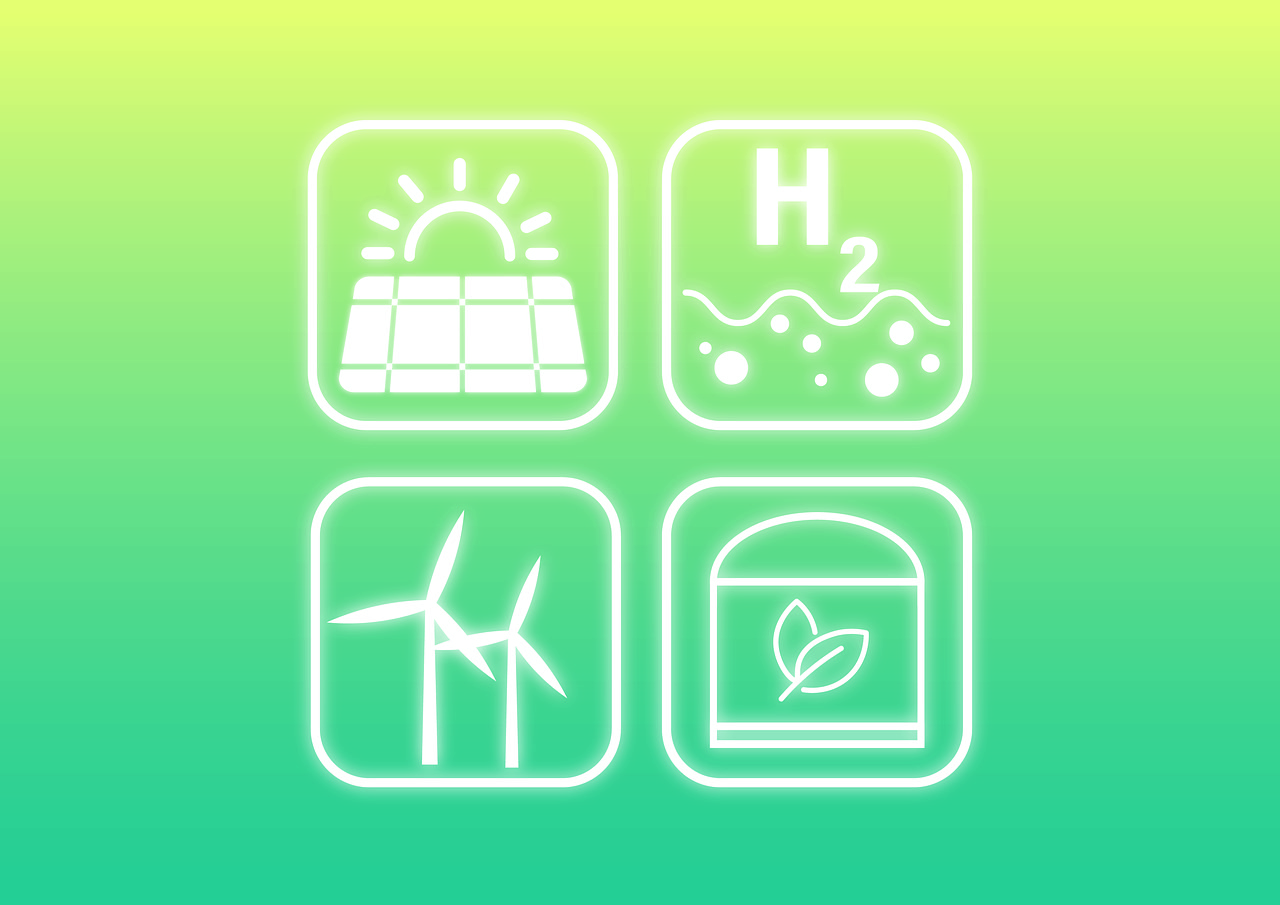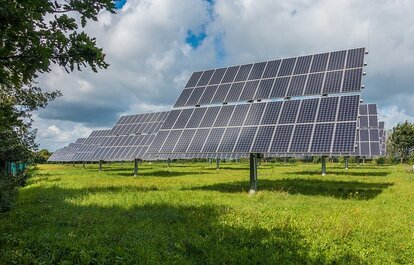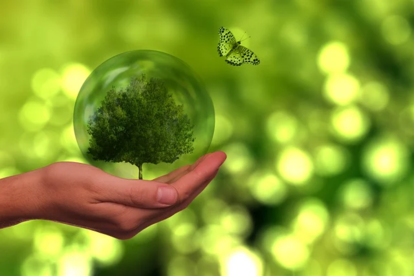Energy
Tunisia and Morocco set the path for Europe's green hydrogen revolution

A sustainable, powerful and storable source
The climate crisis is of great concern in Europe, which is engaged in an energy transition that is clearly committed to sustainability and emissions reduction through the gradual abandonment of fossil fuels. In the context of an emission-free Europe by 2050, green hydrogen is emerging as a key and fundamental element, as it enables energy to be stored without the need for batteries, so that it can be released later in a controlled manner.
Thanks to the development of renewable energies and water electrolysis, it is already possible to obtain hydrogen at a price that aspires to be similar to that of gas or oil, but without negative emissions into the atmosphere. Once industrial production is achieved, it will be necessary to develop engines for hydrogen-powered cars, buses, tractors, trains, ships or airplanes. And it will be necessary to deploy hydrogen plants to refuel hydrogen. But the route is already marked out.
Green hydrogen offers major advantages over other forms of renewable energy. Unlike electricity generated by wind or solar sources, it can be easily stored and transported. This makes it an ideal option for addressing the challenges facing conventional electricity generation.
In addition, green hydrogen can be used in sectors that are difficult to electrify, such as heavy industry and long-distance transport. Its application in steel production, chemical processes or as a fuel for heavy vehicles represents a key breakthrough in reducing greenhouse gas emissions in areas where conventional solutions are currently insufficient.
It still sounds like science fiction, but these advances are expected to materialize in the next decade thanks to the ambitious targets set by the European Union in its Hydrogen Strategy. Specifically, it is foreseen that by 2030 at least 40 GW (Gigawatts) of electrolyzers will be implemented to produce green hydrogen, plus another 40 in neighboring countries that export to the EU. Spain, for its part, plans to install 11 GW by 2030, equivalent to 4% of the total energy supply in 2021.

Photovoltaic System
© PixabayHydrogen route to decarbonization passes through Africa
In a world increasingly aware of the need to move towards more sustainable energy sources, Morocco and Tunisia have emerged as regional leaders by recently approving national plans for green hydrogen production. This milestone marks a bold step towards a greener and more sustainable future, with significant implications for the global economy and environment.
Morocco, with its vast solar and wind potential, has launched its "Green Hydrogen Roadmap" in 2021, an ambitious plan that seeks to harness its natural resources to boost green hydrogen production. This innovative approach not only paves the way towards a cleaner economy, but also strengthens its position as a key player in the global energy transition.
The North African country has the advantage of having invested over the past 15 years in clean energy, which already generates 38% of the electricity produced and is expected to reach 52% by 2030. With its sights set on green hydrogen, Morocco is seeking to consolidate its position as a pioneer in sustainable fuels that can be easily exported to other countries, as is now the case with oil.
Tunisia is not lagging behind in this move towards sustainability. Recently, the country has also announced its "National Green Hydrogen Roadmap," setting out a clear vision for the development of green hydrogen technology. This ambitious plan demonstrates Tunisia's commitment not only to protecting the environment, but also to boosting its economy through innovation and energy diversification.
Morocco and Tunisia, with their abundance of sunlight and strategic position in the Mediterranean, thus become key players in the production of green hydrogen. This strategic step will not only reduce their dependence on fossil fuels, but also open up new investment and employment opportunities in both countries.

Europe strengthens its international energy collaboration
Europe sees green hydrogen as the centerpiece of its decarbonization strategy. With its well-established network of wind and solar farms, it has the infrastructure to follow this path, lead its implementation and make green hydrogen the new energy revolution of the 21st century. A path on which collaboration with Morocco and Tunisia can be of great help.
The successful adoption of green hydrogen in Europe will depend to a large extent on collaboration between nations and coordinated investment in research and development projects. The European Union is already working on strategic partnerships with neighboring countries, following the example of Tunisia and Morocco, to ensure the supply and efficient production of green hydrogen.
The vision of both Maghreb countries for green hydrogen is not only a regional triumph, but an inspiration for Europe and the world. The European continent is in the midst of an energy revolution and has green hydrogen at the center of its sustainable transition. In all likelihood, the next decade will witness a transformational change, where Europe, building on the African example, will fully embrace green hydrogen as a key energy source for a cleaner, sustainable and brighter future.
